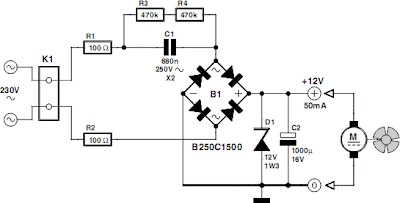High Efficiency LED Torch

THE high forward voltage of l.e.d.s is a challenge for efficient battery use. In the circuit shown in Fig.1a, a 74HC14 inverter is used to “double” the voltage of a 6V rechargeable ex-mobile-phone battery and drive a string of three 5mm l.e.d.s. The oscillator around IC1a and IC1b generates a square wave at about 2·8kHz, and its output is buffered by IC1c and IC1d used in parallel to maximise current to the doubler. Booster Using a 6V supply and with 1N4148 diodes in the rectifier, which comprises D1 and D2 plus capacitors C2 to C4, results in a rectified voltage of 9·6V having a 12mA output capability for a 24mA supply current – an electrical efficiency of over 80%. Using a 6·3V battery the output voltage is 10V and the available current increases to 16mA. If Schottky diodes are used for D1 and D2, there is an increase in voltage of 100mV, resulting in a 20% increase in available current, to 19mA (6·3V supply), at similar efficiency, and a much brighter light. Using these diodes there...




















